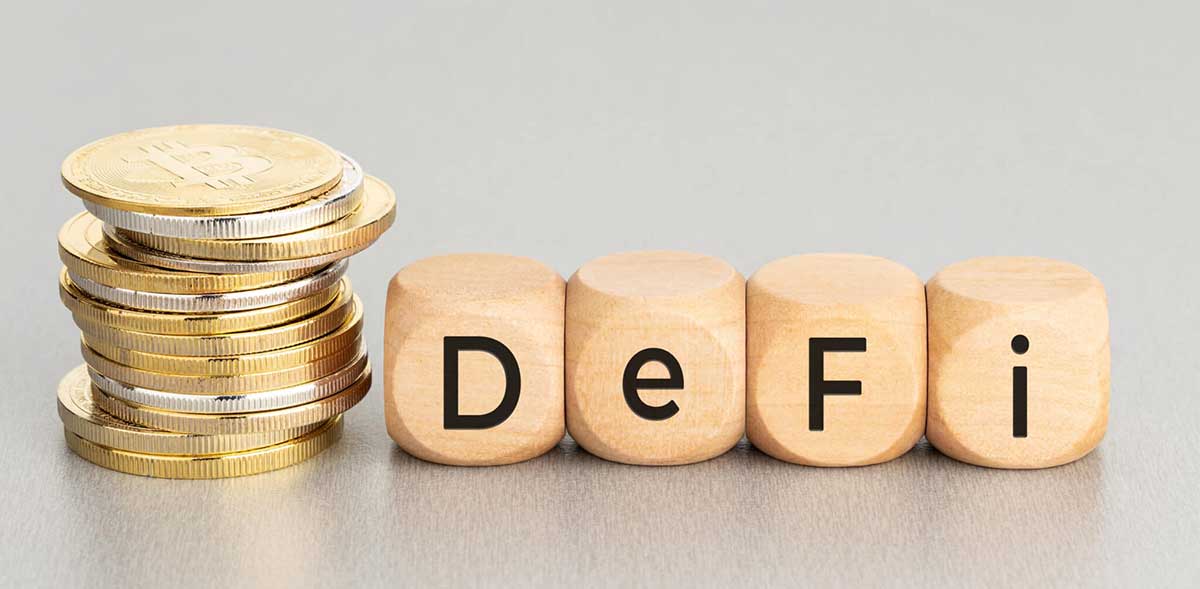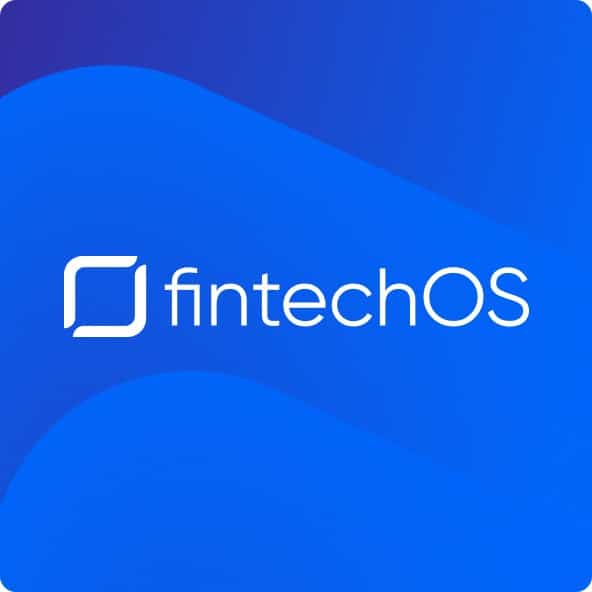
By Kyla Reed - May 21, 2025
Closing the UK SME Gap: Tech-Driven Solutions for the “Missing Middle”
Discover how open banking, AI-powered automation and API-first banks are closing the “missing middle” in UK SME lending—slashing funding times
Blog
Communications about FintechOS
Resource Center
Get insights from the latest customer case studies, whitepapers, webinars, and more
Customer Case Studies
Learn what our global customers are saying about the value of FintechOS
Platform Documentation
Comprehensive documentation for the FintechOS platform including release notes, APIs, and SDKs
Blog
Communications about FintechOS
Resource Center
Get insights from the latest customer case studies, whitepapers, webinars, and more
Customer Case Studies
Learn what our global customers are saying about the value of FintechOS
Platform Documentation
Comprehensive documentation for the FintechOS platform including release notes, APIs, and SDKs

DeFi technologies, such as cryptocurrency, are creating a multitude of opportunities that brands in the financial sector would be remiss to ignore. With the recent economic uncertainty of the past few years and the current cost-of-living crisis, the hype and push towards decentralized finance are gaining momentum.
When people use the phrase “decentralized finance” (DeFi), it’s generally meant as an umbrella term to cover the new and exciting financial innovations coming from the advent of blockchain technology.
Most people are only aware of blockchain in relation to cryptocurrency. This isn’t surprising since it was a system initially invented to support the inaugural cryptocurrency, Bitcoin.
A blockchain is a secure database or ledger maintained across several computers linked in a peer-to-peer network. When a new transaction occurs on the blockchain, a record is added to every computer in that network’s ledger, making it nearly impossible to cheat or hack the system. Any false or erroneous transactions would be immediately apparent.
The rapid advancements in blockchain technology are seeing it applied to a wide range of industries suffering under archaic centralized systems. The most pertinent industries to benefit from DeFi are the finance and banking industries.
DeFi’s aim as a digital financial infrastructure is to essentially eliminate the need for a central entity to approve financial transactions.
The goal with DeFi isn’t to change what we do in the finance industry but rather how we do it. By creating a more robust and secure financial system, people will have access to a greater range of services at a lower cost.
To better understand the appeal of DeFi, it helps to first examine the current centralized finance (CeFi) system.
With centralized finance, money is held by banks or financial institutions. Whenever money is moved around in the centralized system, third parties make money by charging fees for using their services.
Certain transactions in the CeFi system can also take a long time to process. While card transactions can be instantaneous, transferring funds from a loan or a large sum between banks can take days.
Decentralized finance doesn’t rely on third parties to make or act as intermediaries during transactions.
Instead, it allows people to create financial products and smart contracts (self-executing contracts where the agreement terms are written via lines of computer code) without needing to worry about transaction fees and delays caused by outside companies. No matter who you are or where you are in the world, as long as you have an internet connection, you can buy, sell, lend, trade, and borrow using blockchain technology.
The freedom of this DeFi system has led to innovation and creativity that the current global CeFi system lacks—perhaps the most famous example being non-fungible tokens (NFTs).
Ethereum is the second-largest cryptocurrency marketplace in the world and a platform that developers can use to create blockchain apps. Most of the DeFi financial transactions take place over the Ethereum network via decentralized apps called dApps.
DeFi financial services use smart contracts and cryptocurrency to remove the need for any intermediary third parties.
This can remove the need for guarantors and allow borrowers to receive funds instantly for things such as lending and loans. Peer-to-peer trades can be done without a broker or brokerage fees, and when saving or investing, DeFi allows interest to be calculated/earned in minutes and hours instead of months.
Being able to make simple and quick peer-to-peer transactions is one of the main drivers behind DeFi tech, but there are also a multitude of other popular applications:
While it’s impossible to say when and if DeFi will completely overtake the current centralized financial system, it’s rarely possible to put a genie back in its bottle. Despite being in its infancy, DeFi has shown numerous benefits for consumers, and there are positive signs that cryptocurrencies, dApps, and DeFi protocols will be the future of finance.
As it’s still in its infancy, DeFi is an unregulated space. Since blockchain technology allows for borderless transactions, it doesn’t adhere to or fit the rules, laws, and jurisdictions set for the current global CeFi system.
While it will be some time before a regulatory system is in place to make the DeFi ecosystem entirely safe and secure, it’s worthwhile to have a basic grasp of the technologies and potentially new ways of working that are emerging from the movement.
The benefits of DeFi for consumers are obvious, but should banks be wary of this space as a challenge to their authority? Only if they refuse to take advantage of the rise of DeFi.
Established industry players, from Visa and Mastercard to Revolut, are working to enter the DeFi space in order to follow the market to where their customers want to be. Financial institutions that are going digital have nothing to fear from the decentralization of finance. It’s only those who remain wholly in the CeFi space whose days are numbered.
To find out how FintechOS can empower your digital transformation, book a demo.

FintechOS is the global leader in fintech enablement, on a mission to make fintech innovation available to every company. As the world grows increasingly complex, FintechOS strives to simplify and accelerate financial technology so anyone can build, launch, service, and expand new products in weeks, not months or years. The FintechOS platform empowers banks, credit unions, and insurers of any size to grow revenue, lower operating costs, and achieve a faster time to value without dependency on core infrastructure and costly tech talent. Headquartered in New York and London, FintechOS has partnered with some of the world’s best brands, including Groupe Société Générale, Admiral Group, Oney, eMag, Deloitte, EY, and PWC.